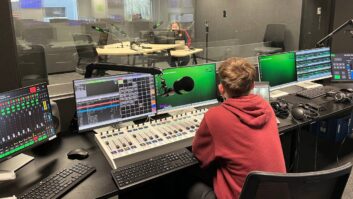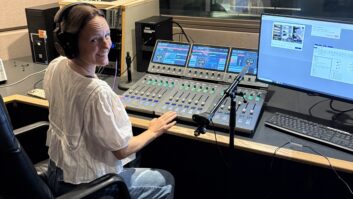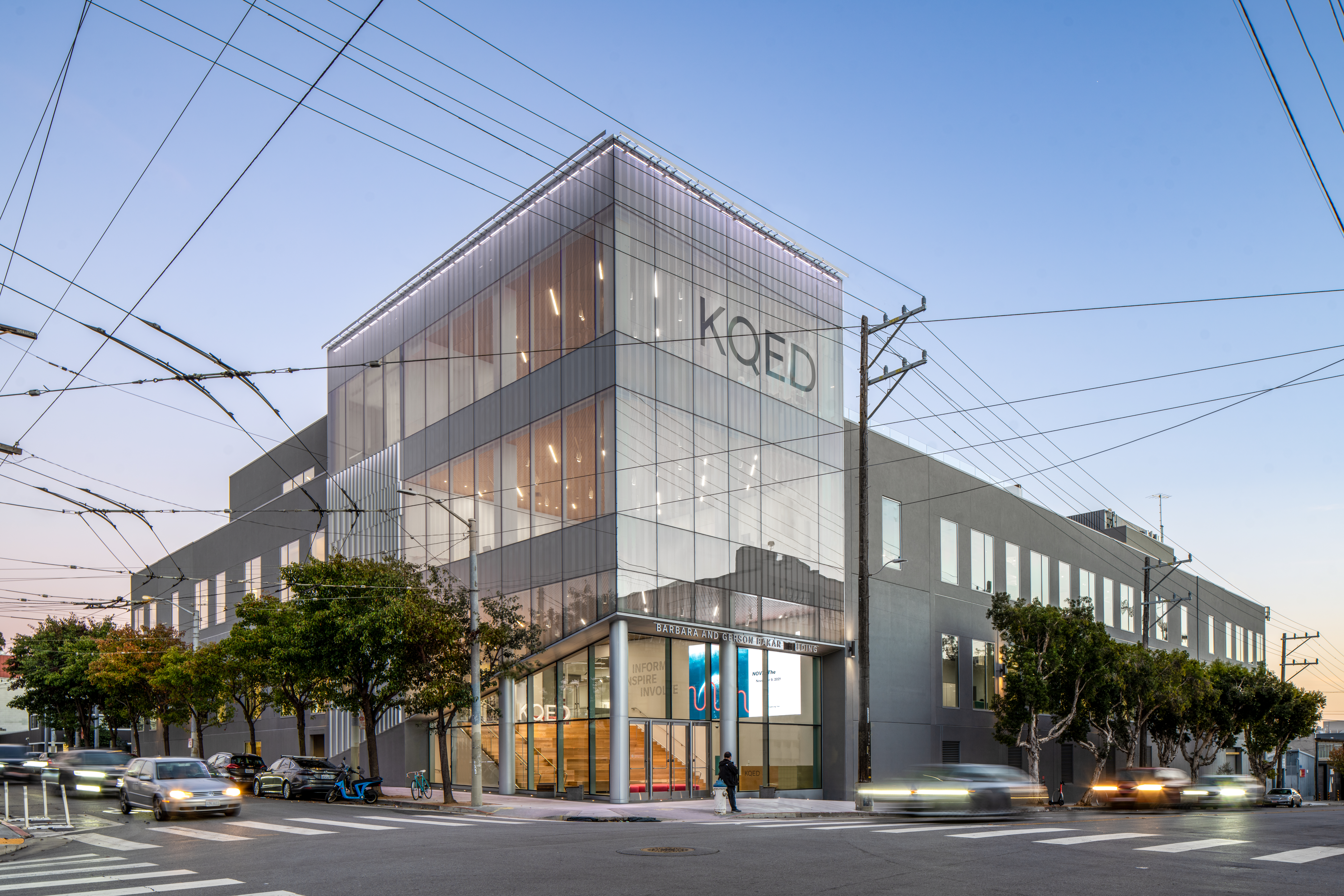Radio World Buyer’s Guide articles are intended to help readers understand why their colleagues chose particular products to solve various technical situations. This month’s articles focus on codecs and STLs.
In 2023, the Australian Radio Network embarked on a relocation of its head office and flagship studio operations to a new facility in the heart of Sydney. With the move came an engineering challenge: how to deliver a reliable, scalable audio infrastructure that could support the complex needs of a modern media network.
Working with integrator AVC Group, ARN identified the Telos Zephyr Connect virtual codec for its new studio complex. Greg Hateley, the broadcast technology architect for ARN, said it has enabled the network to simplify what would have required a sprawling array of hardware.

He said that the Zephyr Connect has been adaptable to ARN’s needs. Each of its program instances can scale to as many as 64 bidirectional stereo codecs, with an individual bitrate and codec algorithm. Options include AAC-LD, AAC-HE, AAC-HEv2 and MPEG AAC Fraunhofer, along with backwards compatibility for MP3 and MP2 formats. Enhanced aptX coding is also available.
The new Sydney facility includes multiple studios that require the use of multiple virtual mixers with custom channel manipulation and codecs. In a conventional setup, Hateley said this would have consumed significant rack space, increased the power draw and placed a heavy load on the network’s LAN infrastructure. With Zephyr Connect, he said the ecosystem requires just three units of rack space.
What makes the Zephyr Connect future-proof, Hateley said, is its virtualized software deployment. He said its architecture allows the network to deploy its services across its newly completed Sydney studio complex.







